Home>Gardening & Outdoor>Plant Care & Gardening Tips>How Often Should You Water Wildflower Seeds
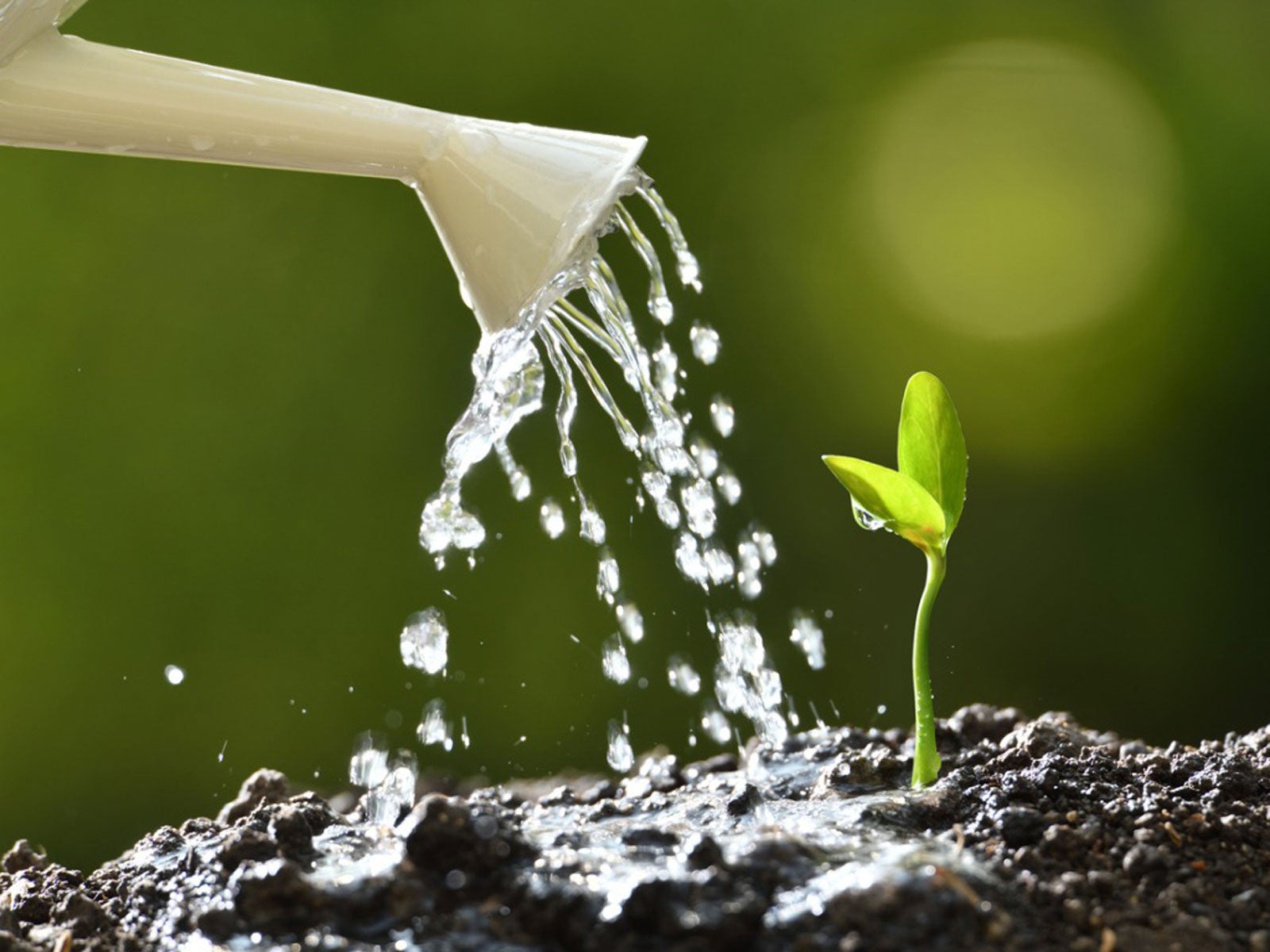

Plant Care & Gardening Tips
How Often Should You Water Wildflower Seeds
Modified: March 24, 2024
Learn plant care and gardening tips for wildflower seeds. Discover the best watering schedule to ensure healthy growth and beautiful blooms in your garden.
(Many of the links in this article redirect to a specific reviewed product. Your purchase of these products through affiliate links helps to generate commission for Storables.com, at no extra cost. Learn more)
Introduction
So, you've decided to add some wildflower seeds to your garden or outdoor space. Congratulations! Wildflowers are not only beautiful to look at, but they also play a crucial role in supporting local ecosystems by providing food and habitat for pollinators and other wildlife. However, as with any plant, proper care and maintenance are essential for ensuring that your wildflowers thrive.
One of the most crucial aspects of caring for wildflower seeds is getting the watering frequency just right. Water is essential for the germination and growth of wildflower seeds, but it's easy to go overboard and inadvertently cause more harm than good. Finding the perfect balance in watering frequency is the key to nurturing healthy and vibrant wildflowers.
In this guide, we'll explore the factors that affect the watering frequency for wildflower seeds, establish a recommended watering schedule, and discuss the signs of overwatering and underwatering. Additionally, we'll provide some valuable tips to help you master the art of watering wildflower seeds, ensuring that your gardening endeavors yield a stunning display of colorful blooms. So, let's dive in and learn how to keep those wildflower seeds happy and hydrated!
Key Takeaways:
- Watering wildflower seeds requires balancing moisture for germination and growth. Factors like seed type, soil, climate, and plant maturity influence watering needs.
- Watch for signs of overwatering and underwatering, and adjust watering practices based on weather and plant behavior for healthy, vibrant wildflowers.
Read more: How Often Should You Water Seeds
Factors Affecting Watering Frequency
Several factors come into play when determining the appropriate watering frequency for wildflower seeds. Understanding these factors is crucial for providing the optimal growing conditions for your wildflowers. Here are the key factors to consider:
- Seed Type: Different wildflower species have varying water requirements. Some seeds may need consistently moist soil for germination and early growth, while others can tolerate drier conditions. It’s essential to research the specific watering needs of the wildflower species you’re planting.
- Soil Type: The composition of your soil significantly influences its water retention capabilities. Well-draining soils, such as sandy loam, allow water to penetrate more easily and may require more frequent watering, while clay soils retain moisture for longer periods, necessitating less frequent watering.
- Climate: The climate in your region plays a significant role in determining watering frequency. Hot and arid climates demand more frequent watering, while cooler and more humid environments may require less. Understanding your local climate patterns is essential for adjusting your watering schedule accordingly.
- Season: Wildflower watering needs can vary throughout the year. During the germination and early growth stages, consistent moisture is crucial. As the plants mature, their water requirements may change. Adjusting your watering frequency based on the season is essential for supporting healthy growth.
- Exposure to Sunlight: The amount of sunlight your wildflowers receive affects the rate of evaporation and, consequently, the soil’s moisture levels. Plants in full sun may require more frequent watering than those in shaded areas.
- Established Plants vs. Seeds: Once your wildflowers are established, their water needs may differ from those of newly planted seeds. Established plants may have deeper root systems and greater drought tolerance, impacting the required watering frequency.
By considering these factors, you can tailor your watering schedule to meet the specific needs of your wildflower seeds, setting the stage for successful germination and robust growth.
Wildflower Seed Watering Schedule
Developing a consistent watering schedule is essential for nurturing wildflower seeds and promoting healthy growth. While individual watering needs may vary based on factors such as climate and soil conditions, a general watering schedule can serve as a helpful starting point. Here’s a basic watering schedule to guide you through the various stages of wildflower seed growth:
- Germination Stage: During the germination stage, when the seeds are first planted, it’s crucial to keep the soil consistently moist. This often involves lightly watering the planting area once or twice a day, depending on the soil’s moisture retention capabilities and the prevailing weather conditions. Be mindful of overwatering, as excessive moisture can lead to seed rot and other issues.
- Early Growth: As the seedlings emerge and begin to establish themselves, continue to monitor soil moisture closely. While maintaining consistent moisture is still important, the frequency of watering may be reduced compared to the germination stage. Aim to water the seedlings deeply but less frequently, allowing the soil to dry slightly between watering sessions to encourage healthy root development.
- Mature Plants: Once the wildflowers have matured and developed a robust root system, their watering needs may evolve. At this stage, the focus shifts to deep, infrequent watering to encourage deep root growth and drought tolerance. Depending on your climate and soil conditions, mature wildflowers may require watering once a week or every 7-10 days, adjusting as needed based on environmental factors.
It’s important to emphasize that these guidelines are general recommendations, and the specific watering schedule for your wildflower seeds may need to be adjusted based on the unique conditions of your garden or outdoor space. Regularly assessing the soil moisture, observing plant behavior, and staying attuned to environmental changes are essential for fine-tuning your watering schedule to meet the evolving needs of your wildflowers.
By adhering to a well-informed watering schedule and remaining attentive to your wildflowers’ development, you can provide the consistent moisture necessary for healthy growth while avoiding the pitfalls of overwatering or underwatering.
Water wildflower seeds immediately after planting and then keep the soil consistently moist until they germinate. After germination, water deeply once a week, or as needed, to keep the soil moist but not waterlogged.
Signs of Overwatering and Underwatering
Recognizing the signs of overwatering and underwatering is crucial for maintaining the health and vitality of your wildflower seeds. Both scenarios can have detrimental effects on plant growth, making it essential to identify and address any watering imbalances promptly. Here are the key indicators of overwatering and underwatering to watch for:
- Overwatering: Excessive moisture in the soil can lead to a range of symptoms that signal overwatering. These may include wilting despite moist soil, yellowing or browning of leaves, mold or mildew growth on the soil surface, and a foul odor emanating from the soil. Additionally, overwatered plants may exhibit stunted growth, as their roots struggle to access sufficient oxygen in waterlogged soil.
- Underwatering: Insufficient moisture poses its own set of telltale signs. Wilting, drooping leaves, and dry, crispy foliage are common indicators of underwatering. The soil may appear visibly dry and cracked, and the plant’s overall growth may be stunted. In severe cases, the leaves of underwatered plants may turn brown and fall off as the plant conserves resources to survive.
It’s important to note that the signs of overwatering and underwatering can sometimes overlap, making it essential to closely evaluate the overall condition of your wildflowers and consider multiple factors when diagnosing watering-related issues. Observing the soil moisture, plant behavior, and environmental conditions can provide valuable insights into the underlying cause of any watering-related problems.
Regularly assessing the moisture levels of the soil by performing simple checks, such as inserting a finger into the soil to gauge its moisture content, can help you make informed decisions about when and how much to water your wildflower seeds. By staying vigilant and responsive to your plants’ needs, you can mitigate the risks of overwatering and underwatering, fostering an environment conducive to healthy wildflower growth.
Tips for Watering Wildflower Seeds
Mastering the art of watering wildflower seeds involves a blend of attentive care, informed decision-making, and a deep understanding of your plants’ needs. By implementing the following tips, you can optimize your watering practices and provide the ideal growing conditions for your wildflowers:
- Monitor Soil Moisture: Regularly assess the moisture levels of the soil to gauge when watering is necessary. Insert your finger into the soil to a depth of a few inches. If the soil feels dry at this depth, it’s likely time to water. However, if it still feels moist, hold off on watering to prevent overmoistening the soil.
- Water in the Morning: Aim to water your wildflower seeds in the early morning to minimize water loss due to evaporation. This timing allows the plants to uptake moisture efficiently and reduces the risk of prolonged moisture on the foliage, which can contribute to fungal issues.
- Deep Watering: When watering, aim to provide deep, thorough saturation to encourage the development of deep root systems. Shallow, frequent watering can lead to shallow root growth, making plants more vulnerable to drought stress.
- Use Mulch: Applying a layer of organic mulch around your wildflower seeds can help conserve soil moisture by reducing evaporation and protecting the soil from drying out too quickly. Mulch also contributes to soil health and helps suppress weed growth.
- Adjust Based on Weather: Be mindful of weather patterns and adjust your watering schedule accordingly. During periods of heavy rainfall, you may need to scale back on supplemental watering, while hot and dry spells may necessitate increased watering frequency.
- Observe Plant Behavior: Pay attention to how your wildflowers respond to watering. Healthy, well-hydrated plants typically exhibit vibrant growth and foliage, while those experiencing water stress may display visible signs of distress. Use these cues to fine-tune your watering practices.
- Consider Container Plantings: If you’re growing wildflower seeds in containers, be mindful of their unique watering needs. Containers may dry out more rapidly than garden beds, requiring more frequent monitoring and watering to maintain optimal moisture levels.
By incorporating these tips into your wildflower care routine, you can cultivate a proactive and attentive approach to watering, setting the stage for healthy, resilient wildflowers that grace your outdoor spaces with their natural beauty.
Read more: How Often Should You Water Lavender Seeds
Conclusion
Successfully nurturing wildflower seeds hinges on striking the right balance in watering frequency, providing the essential moisture for germination, growth, and overall plant health. By considering factors such as seed type, soil composition, climate, and plant maturity, you can tailor your watering practices to meet the specific needs of your wildflowers, fostering an environment conducive to robust growth and vibrant blooms.
Recognizing the signs of overwatering and underwatering, and implementing a well-informed watering schedule, empowers you to respond to your wildflowers’ needs with precision and care. Regular monitoring of soil moisture, adjusting watering based on weather conditions, and observing plant behavior all play pivotal roles in refining your watering practices to achieve optimal results.
As you embark on your wildflower gardening journey, remember that mastering the art of watering is a dynamic and evolving process. Each growing season presents new opportunities to refine your approach, learn from your plants, and deepen your connection to the natural world. By infusing your watering routine with attentiveness, knowledge, and a touch of intuition, you can create an environment where wildflower seeds flourish, enriching your outdoor spaces and contributing to the broader tapestry of biodiversity.
Ultimately, the act of watering wildflower seeds transcends mere maintenance; it becomes a nurturing gesture, a symbiotic dance between caretaker and plant, and a celebration of the remarkable resilience and beauty of nature. Embrace this journey with curiosity and reverence, and let the act of watering become a mindful and enriching practice that brings you closer to the wondrous world of wildflowers.
Frequently Asked Questions about How Often Should You Water Wildflower Seeds
Was this page helpful?
At Storables.com, we guarantee accurate and reliable information. Our content, validated by Expert Board Contributors, is crafted following stringent Editorial Policies. We're committed to providing you with well-researched, expert-backed insights for all your informational needs.
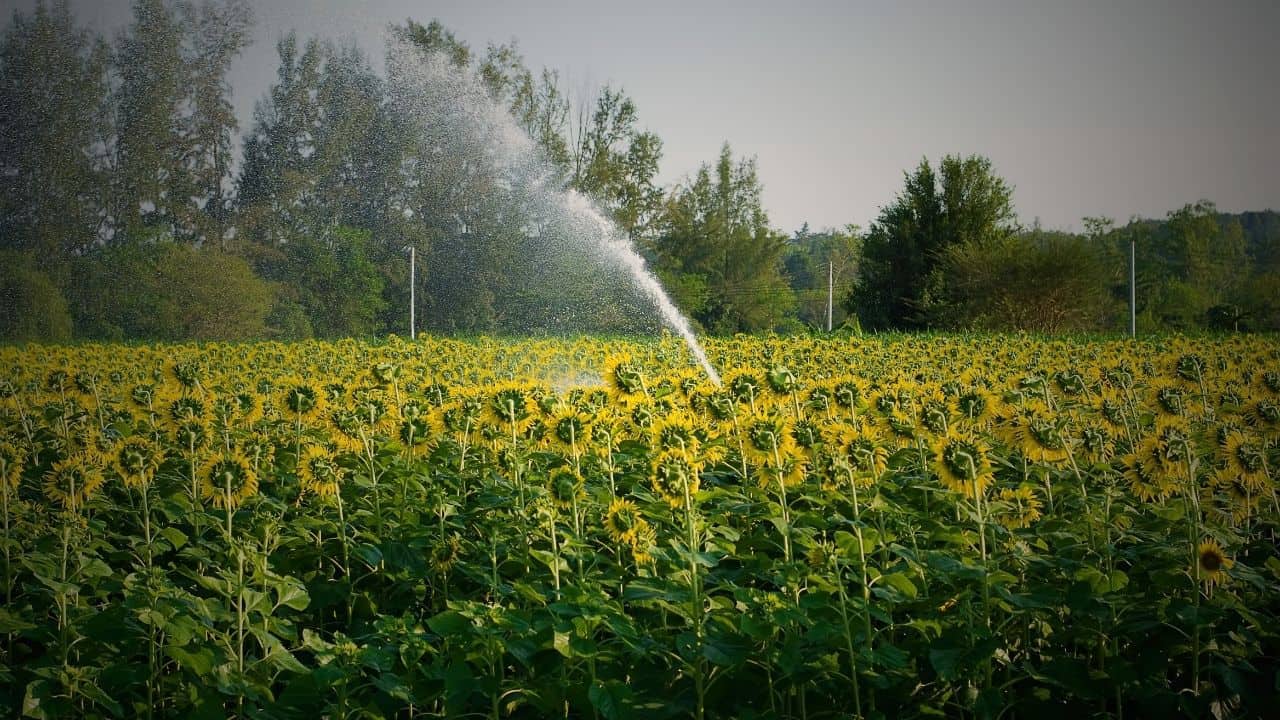
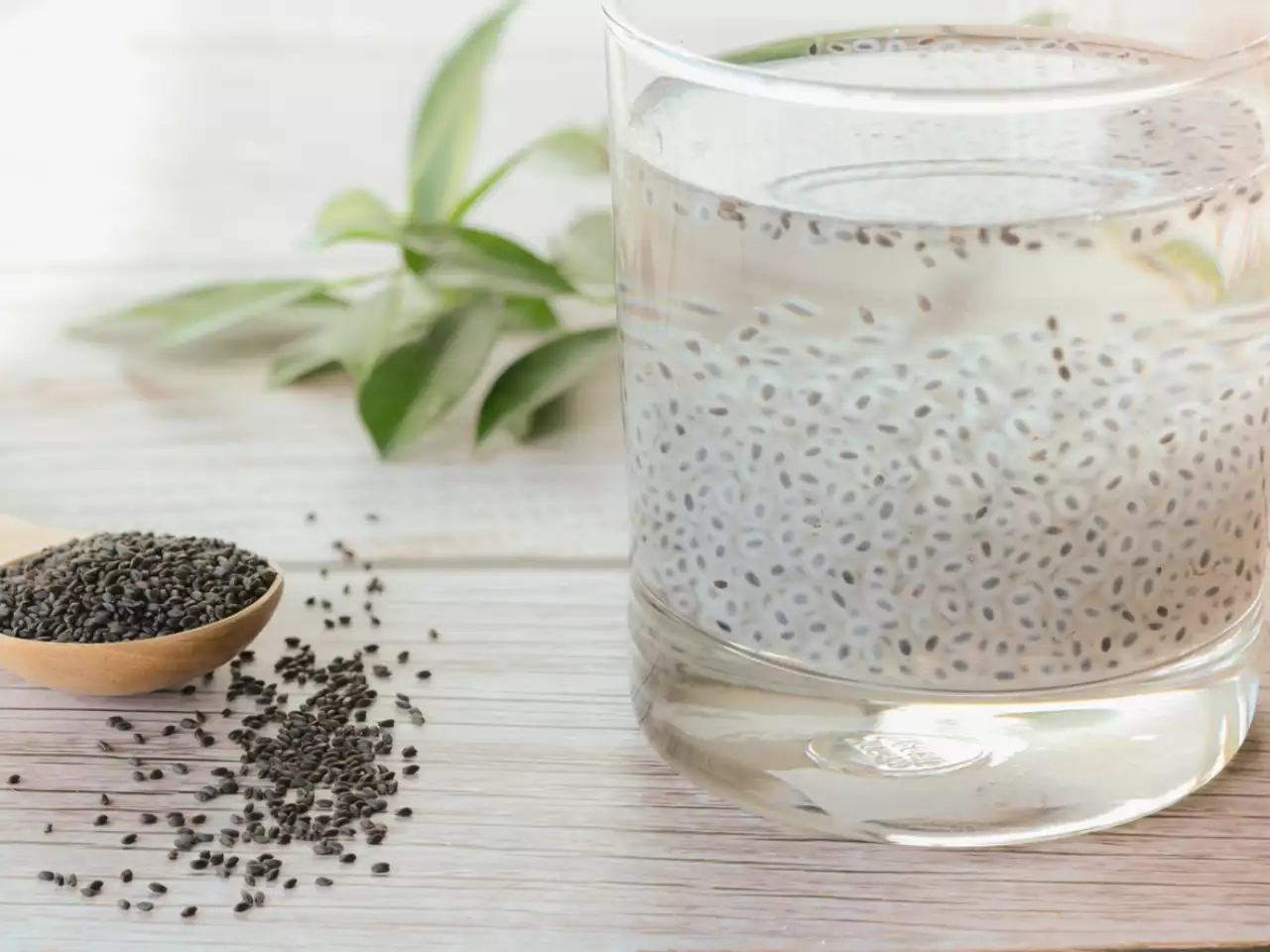
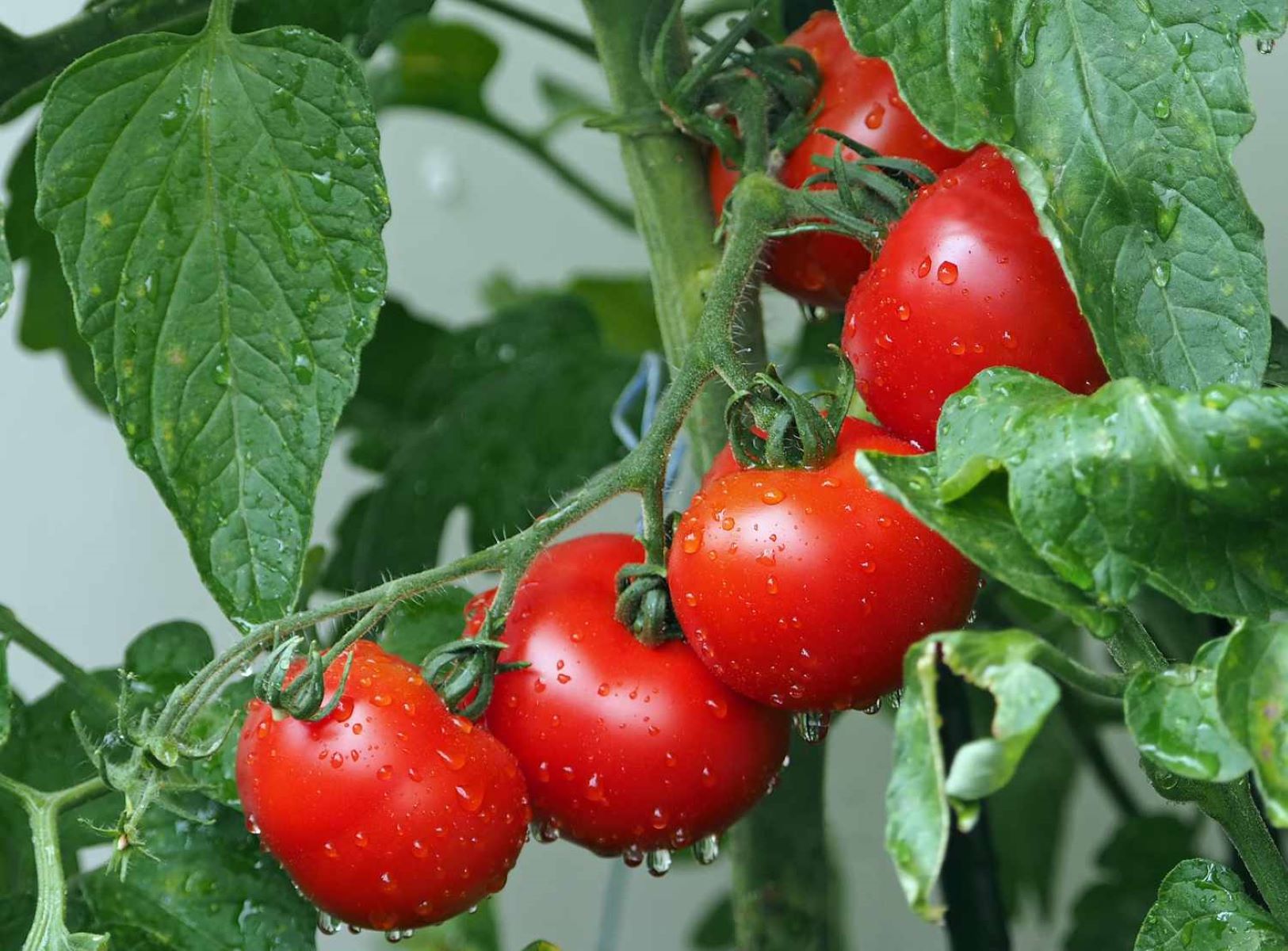
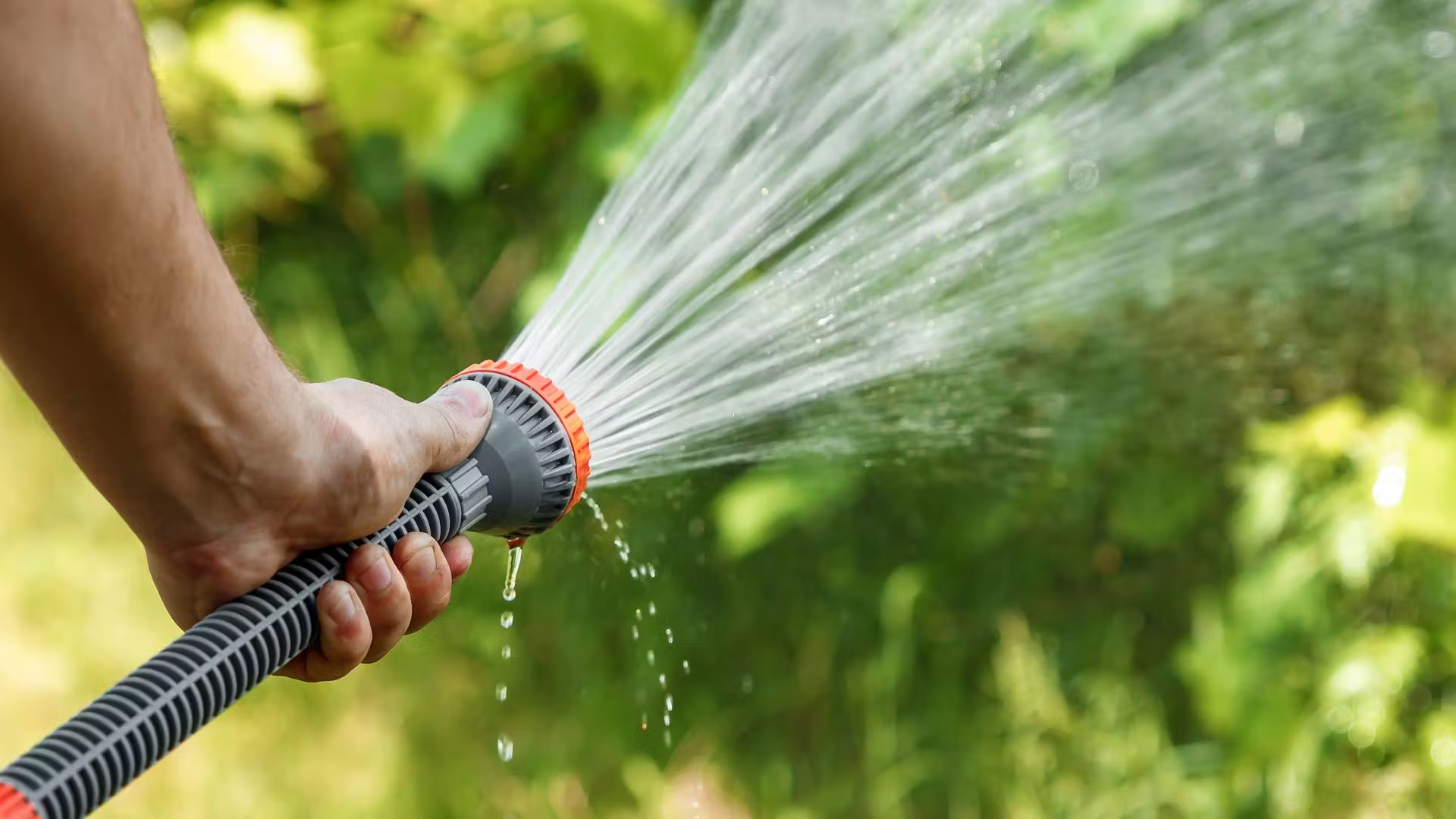
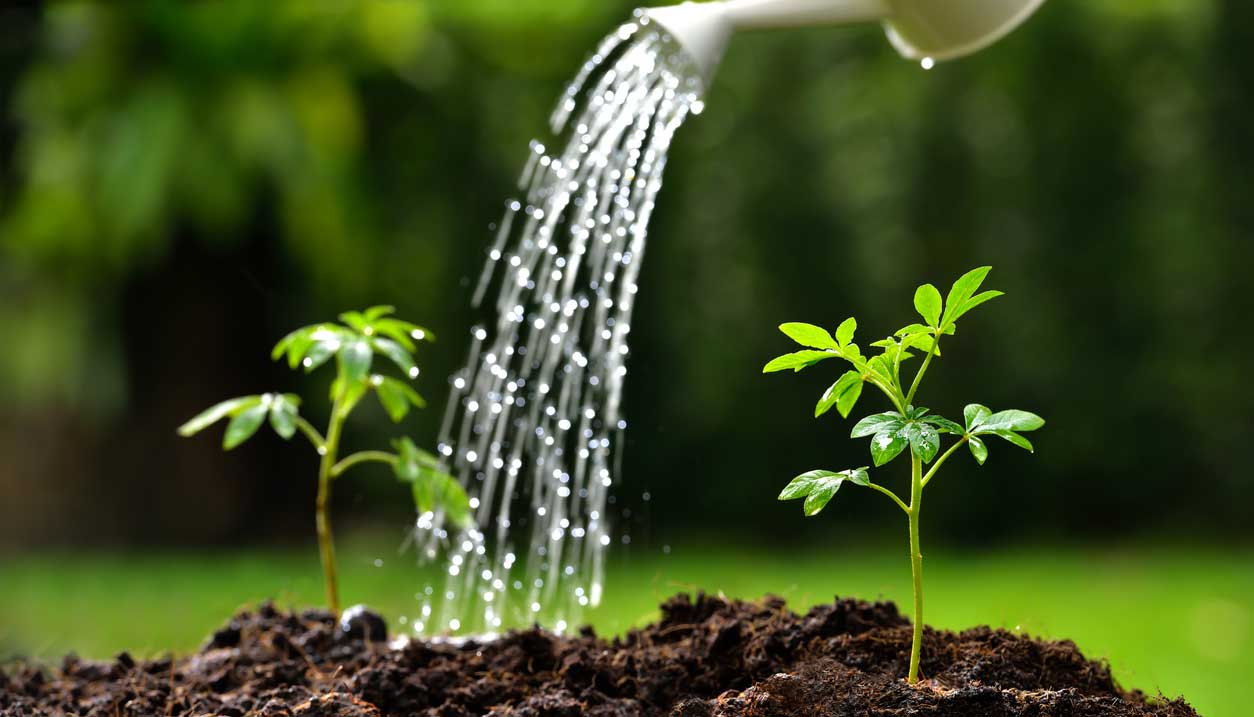
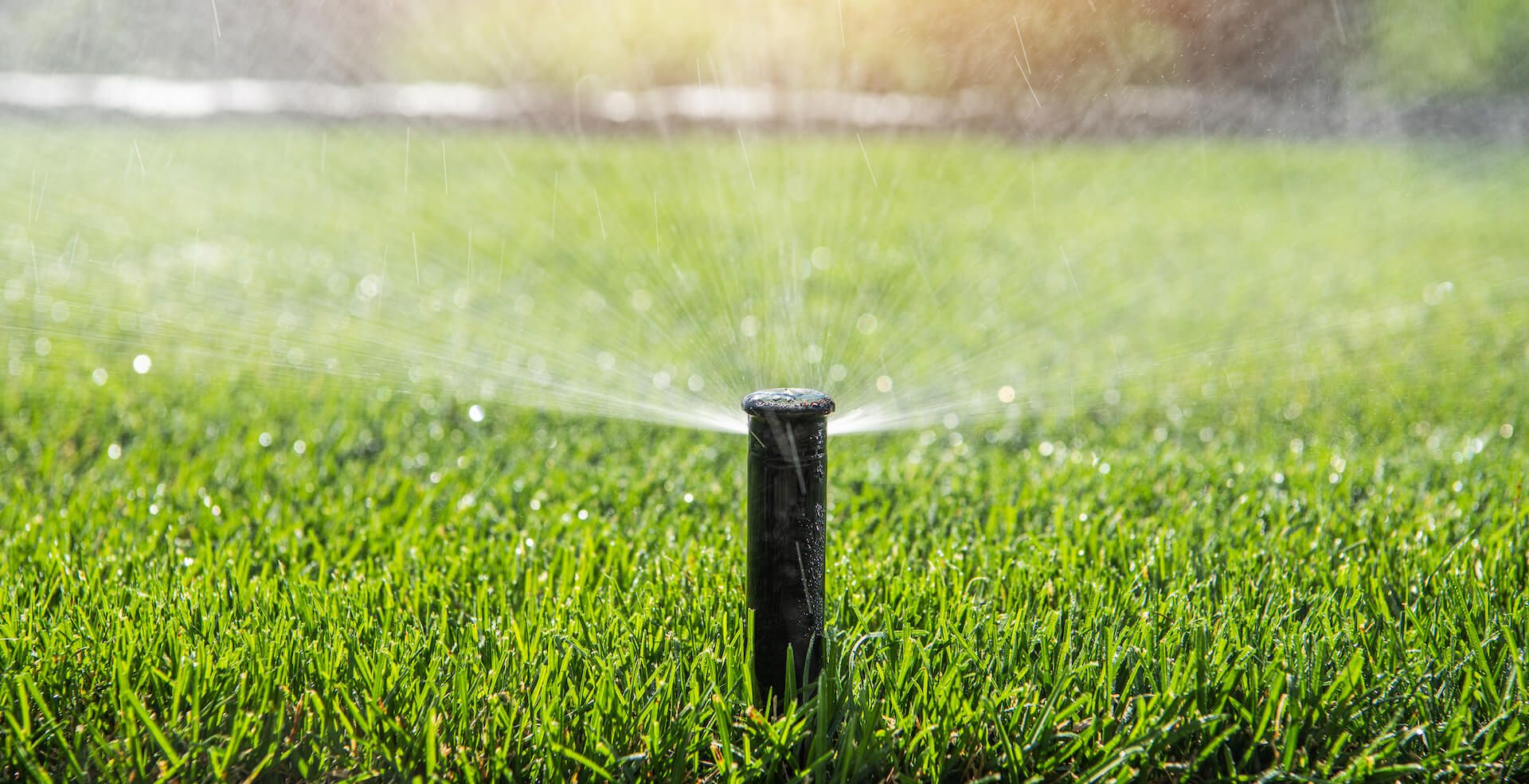
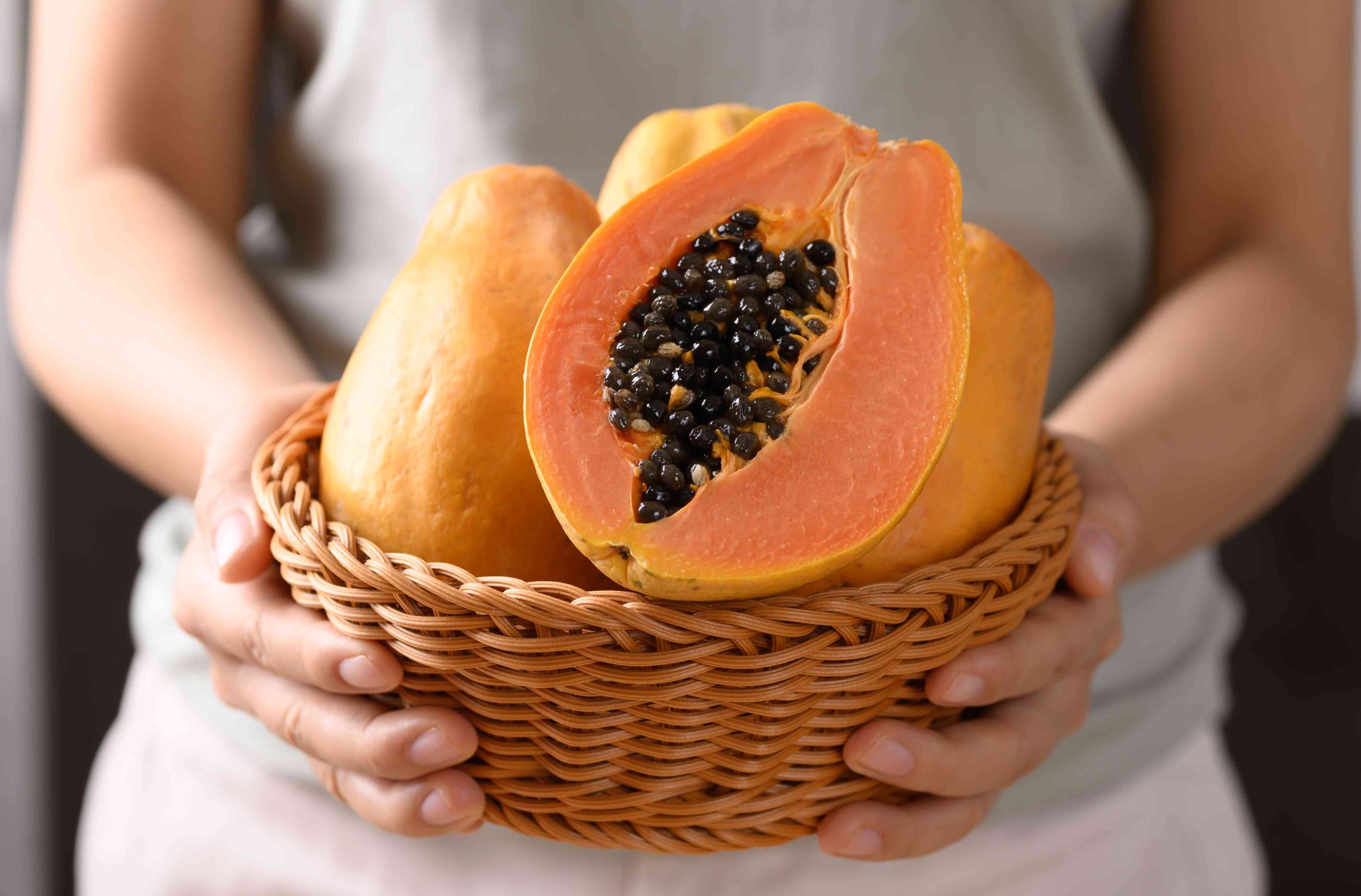
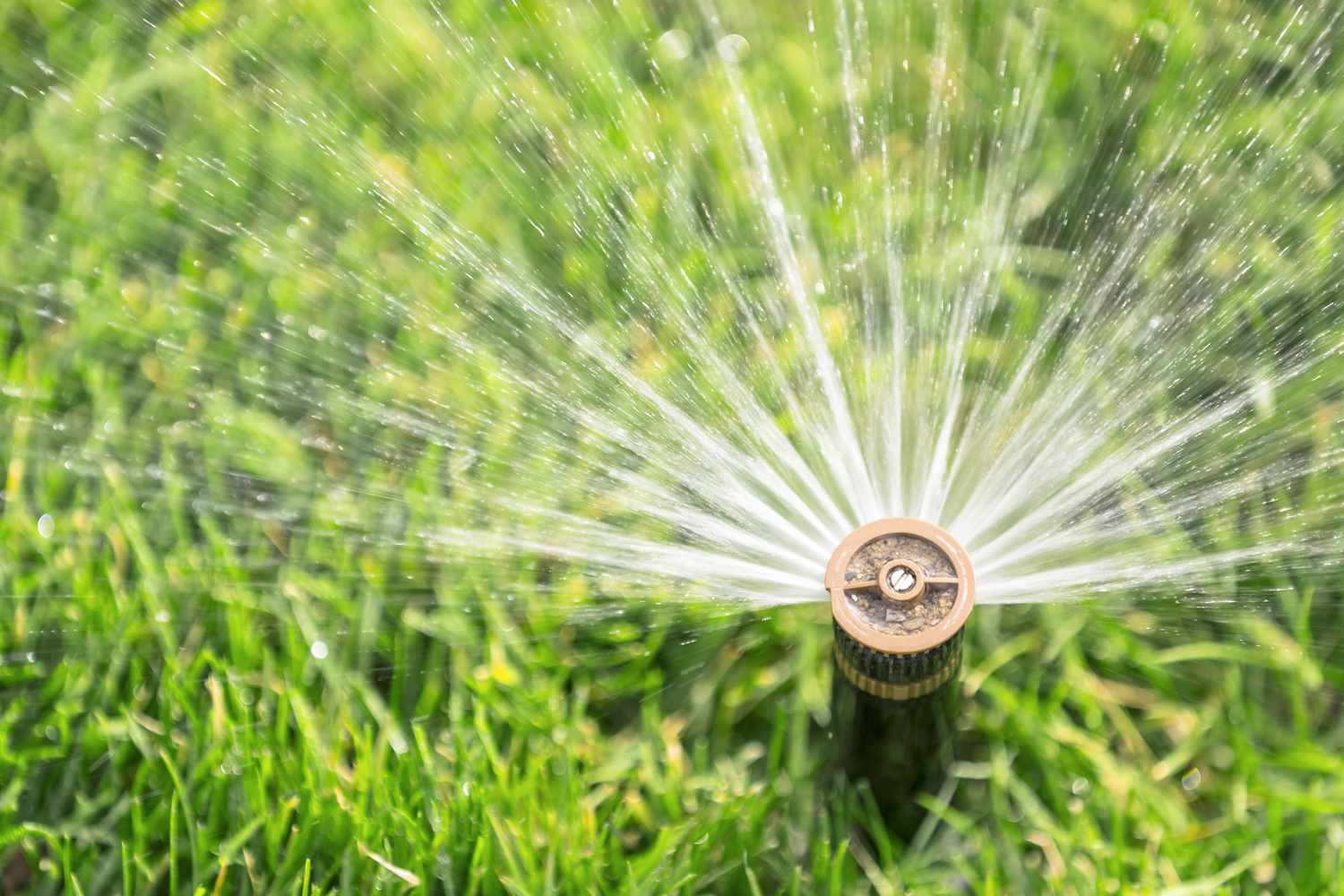
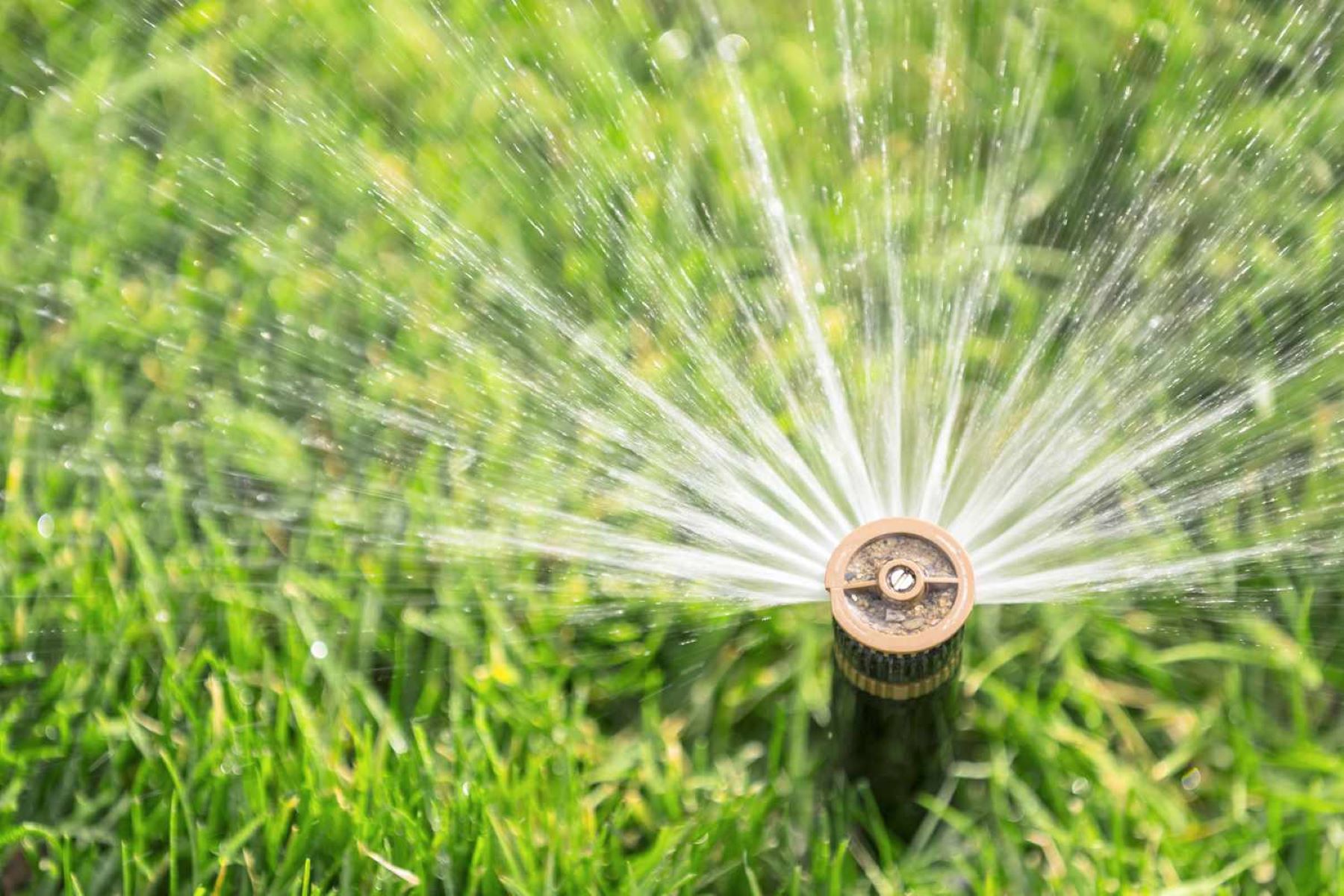
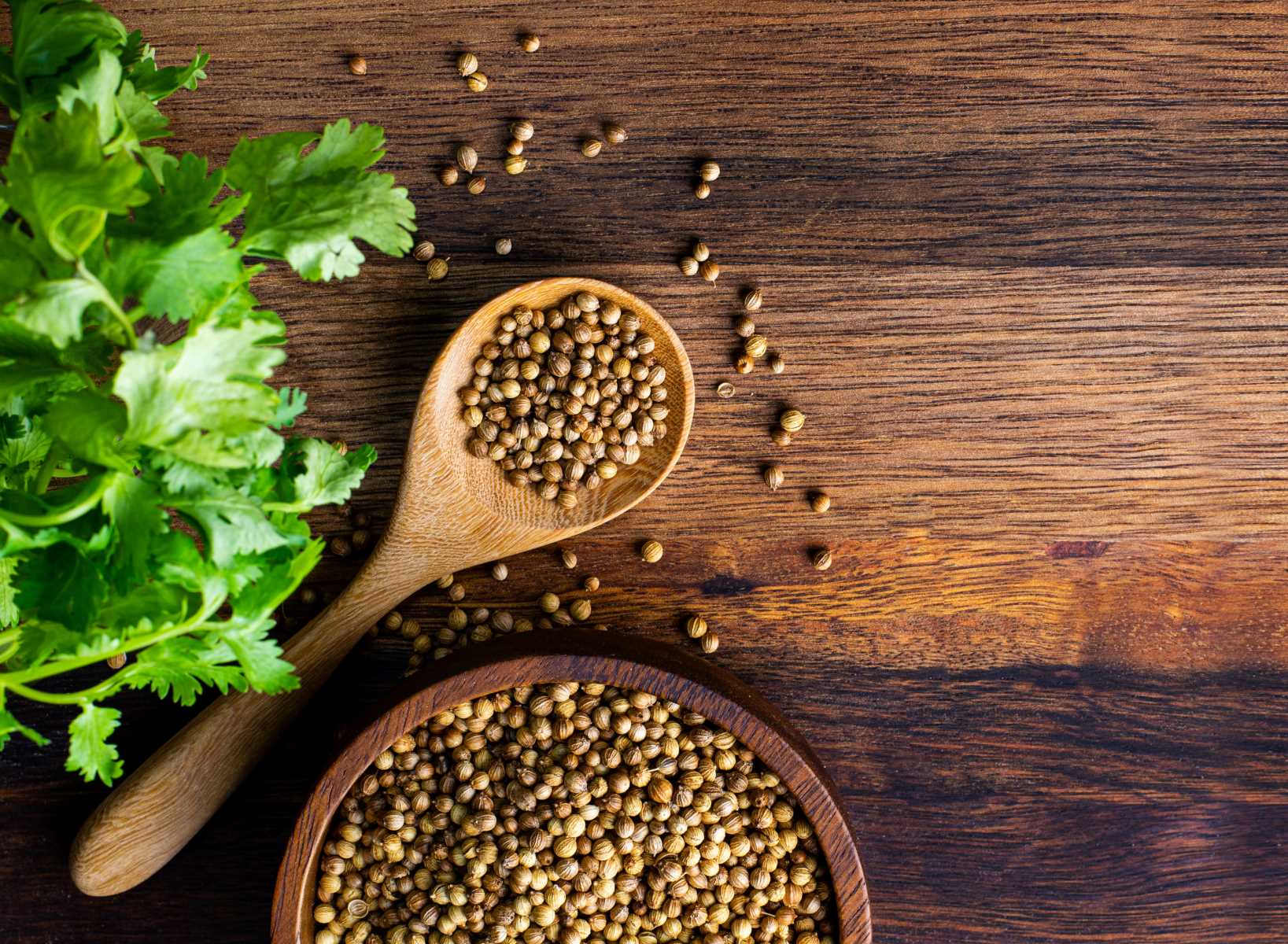
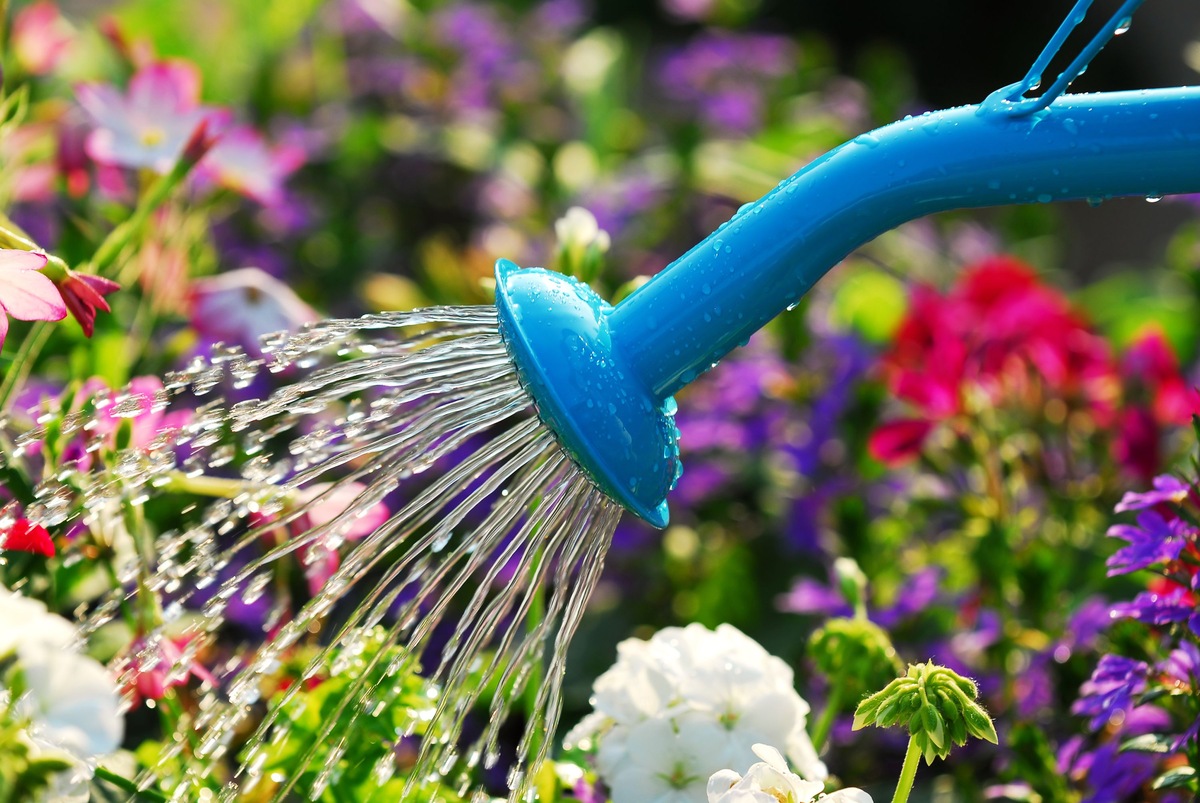
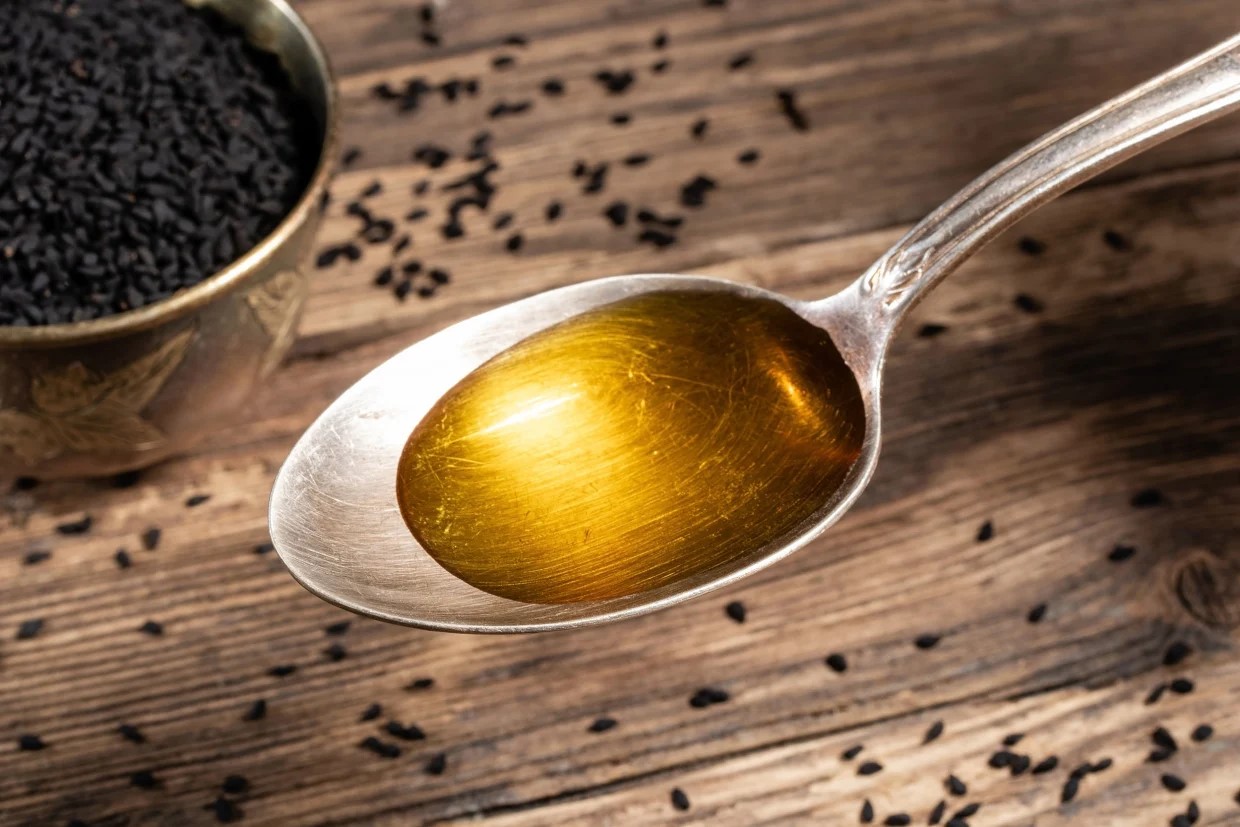
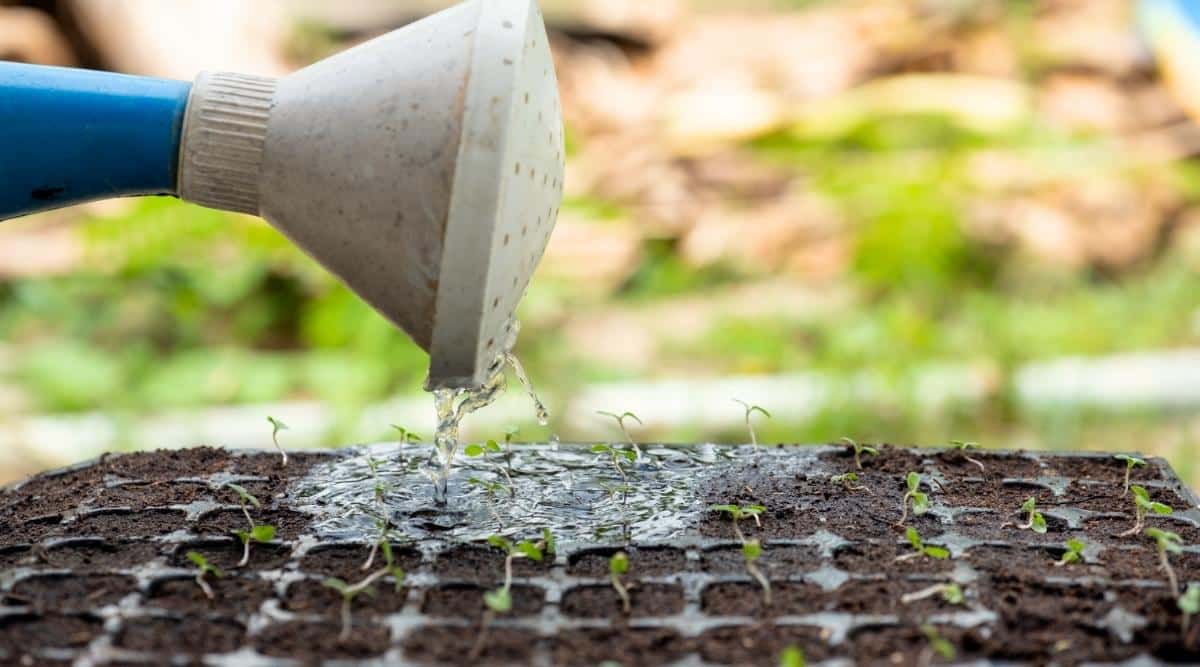
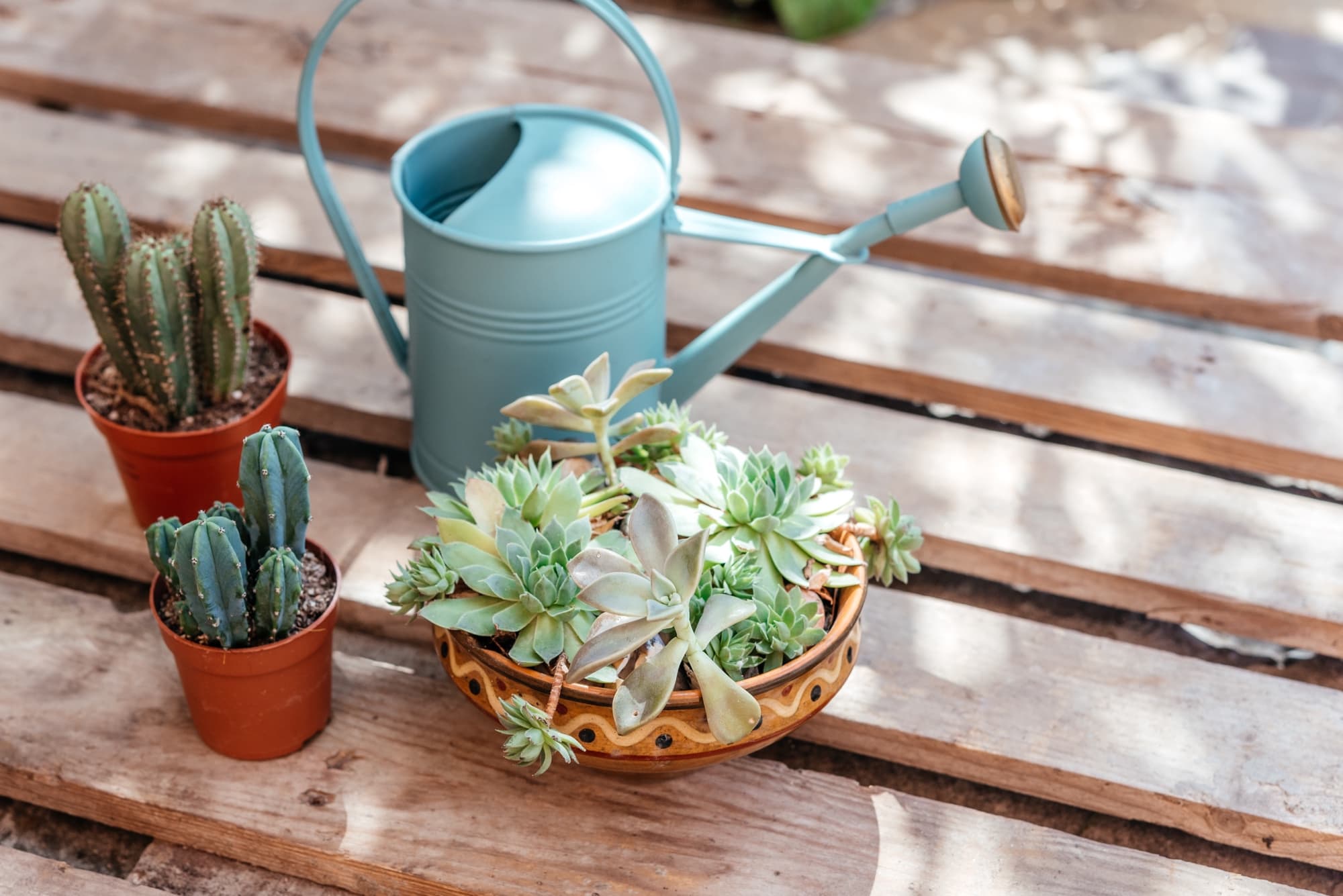

0 thoughts on “How Often Should You Water Wildflower Seeds”